
Land Rover Defender running costs and reliability

Miles per pound (mpp) ⓘ
| Petrol engines | 2.8 - 3.9 mpp |
|---|---|
| Diesel engines | 3.8 - 4.5 mpp |
Fuel economy ⓘ
| Petrol engines | 19.1 - 26.9 mpg |
|---|---|
| Diesel engines | 29.9 - 34.8 mpg |
- None of the range is cheap to run
- Lack of plug-in hybrid version of 90
- Consumables will also be expensive
How much does it cost to run?
All Defender 90s are partial to a hearty guzzle of fuel – not all that surprising given the lightest version weighs a hefty 2,140kg.
Unlike the 110 range that features the plug-in hybrid P400e, the Defender 90 line-up is populated with diesels and petrols, although the punchiest P400 version of the latter, plus the six-cylinder diesels do at least have mild-hybrid technology for fuel saving and lower emissions than would otherwise be achieved.
If you’re lucky, you may be able to stretch out around 30mpg from the diesels if driven gently – they’re good at a cruise but note that the sheer air resistance of the Defender’s blocky body means motorways aren’t as efficient as you might hope. The D250 indicated 29.3mpg during our time testing, most of which was spent on the motorway. The older D240 engine fared a little better when we tried it in the larger 110 on longer journeys, indicating 30.1mpg, dipping to the high 20s around town in stop-start traffic.
For the P400 petrol, expect closer to 20mpg, and for the V8 petrol we saw figures of around 15mpg. At least the fuel tank is a large 85 litres, meaning even the thirstiest models have a useful enough range between fills.
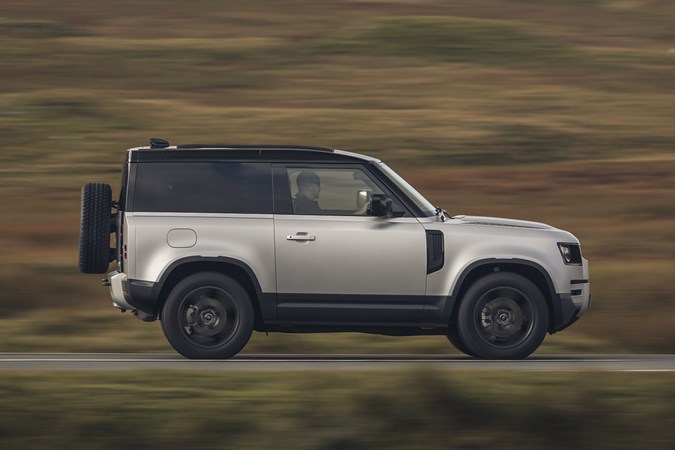
Once you’ve factored in the fuel costs and the VED car tax – which for the least expensive Defender 90 will be £1,850 in year one at 2020/21 rates – you have to consider other aspects, too, such as tyres.
Not only are the Defender’s wheels large – 18 inches at the smallest, up to optional sets of 22 inches – meaning tyres will be dearer anyway, the rubber is chunkier designed for on- and off-road use – these are inevitably more expensive the tyres purely intended for road use.
Plus, brake pads and discs, which will take quite a punishing if you venture off-road a fair bit are also going to be dear given the heavier duty nature of how they could be used.
And, if you do like venturing along rugged terrain, expect knocks and scrapes to the bodywork and components underneath. Again, these are not going to be a pittance to have repaired or replaced.
Servicing and warranty
Land Rover only warrants its cars for three years, though you do get cover for unlimited mileage during that time. Most of its rivals offer coverage on similar terms, with the exception of Toyota’s Land Cruiser which has up to ten years of warranty.
Servicing at a Land Rover dealer is pricey, and though you might expect brilliant customer service from a premium brand many owners report that it’s anything but.
How reliable is it?
- Land Rover’s reputation counts against it
- Electrical gremlins common
- A few recalls so far
Comparing the new Defender 90 with its ancient predecessor in reliability terms is a rather pointless exercise.
Certainly, Land Rover hasn’t had the best of reputations previously for building SUVs with bulletproof reliability, although this situation is improving.
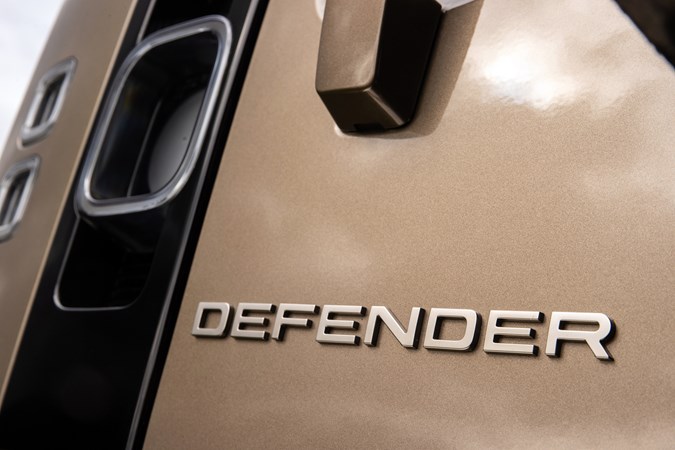
Ongoing running costs
| Road tax | £190 - £600 |
|---|---|
| Insurance group | 27 - 50 |
Get an insurance quote with

|
|








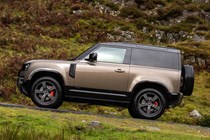

.jpg)
.jpg)

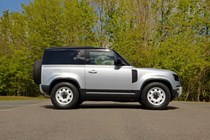





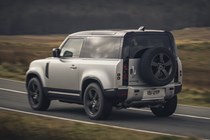



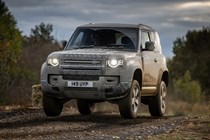


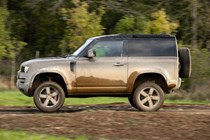

.jpg)
.jpg)
.jpg)
.jpg)
.jpg)
.jpg)
.jpg)
.jpg)

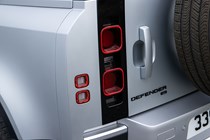


.jpg)
.jpg)
.jpg)
.jpg)
.jpg)

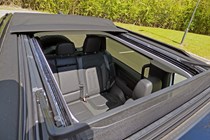







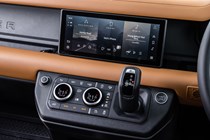
.jpg)
.jpg)
.jpg)
.jpg)
.jpg)






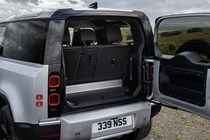

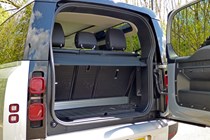
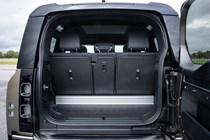
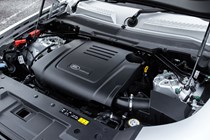
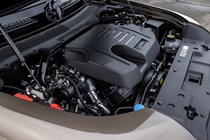
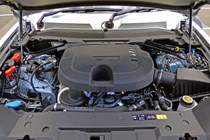








.jpg?quality=50)
.jpg?quality=50)
















.jpg?quality=50)
.jpg?quality=50)
.jpg?quality=50)
.jpg?quality=50)
.jpg?quality=50)
.jpg?quality=50)
.jpg?quality=50)
.jpg?quality=50)




.jpg?quality=50)
.jpg?quality=50)
.jpg?quality=50)
.jpg?quality=50)
.jpg?quality=50)










.jpg?quality=50)
.jpg?quality=50)
.jpg?quality=50)
.jpg?quality=50)
.jpg?quality=50)












